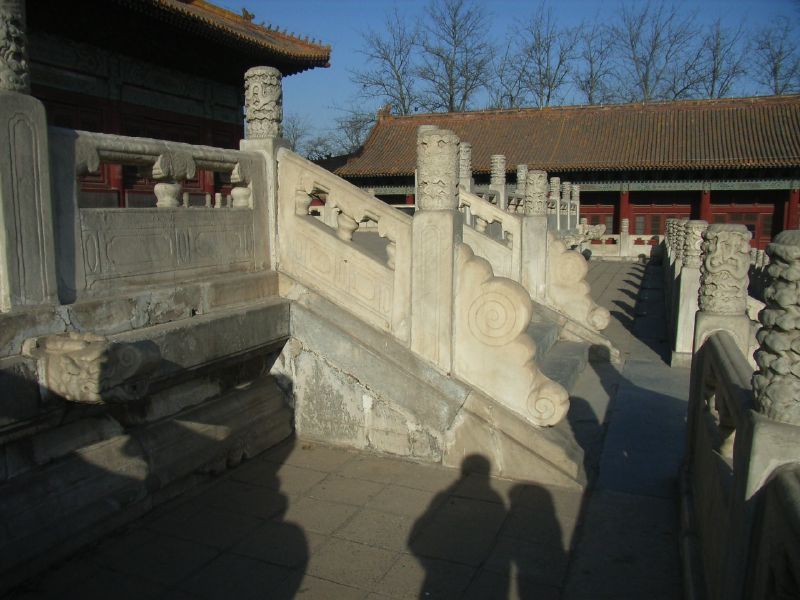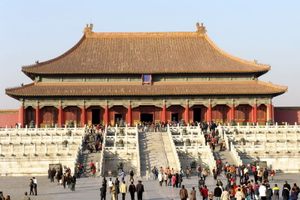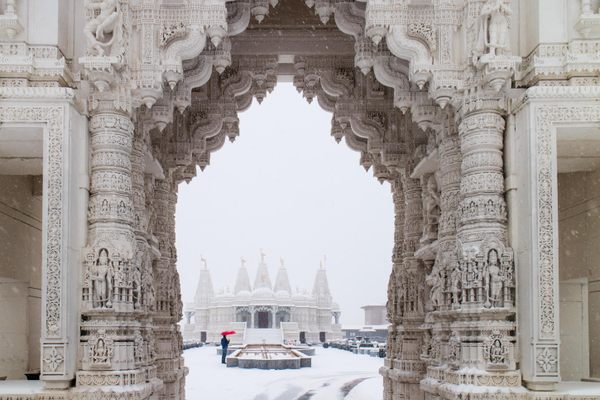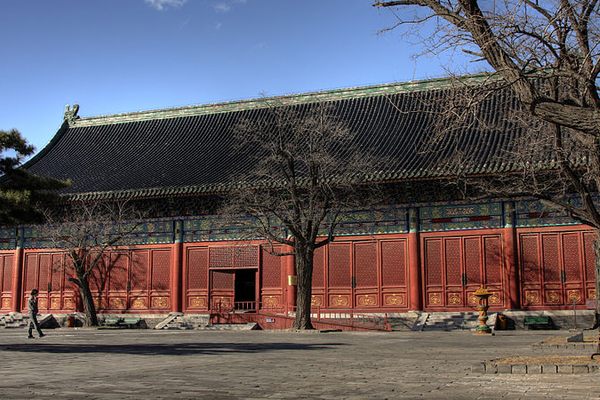About
On the eastern flank of the Forbidden City lies one of Beijing's best kept secrets, a forgotten temple that looks like a small-scale replica of the great Imperial Palace with one major difference: no crowds!
Nestled amidst an ancient grove of cypress trees, the 48 acres of the palace grounds have been an important site in Chinese imperial history. Originally known as the Imperial Ancestral Temple, the buildings that comprise the palace were used during the Ming and Qing dynasties as shrines to the ancestors of the imperial family and emperors would often come and pay homage to the dead. The three main halls in the palace include the Ancestral Worship Hall which was the principal location for rites and sacrifice, the Resting Hall which held tablets inscribed with the names of the deceased, and finally the Remote Ancestral Shrine was used to store the sacrificial slabs of the imperial ancestors.
In 1951 the ancient palace was rechristened the “Working People's Cultural Palace” and the historic buildings and gates were converted into a space for educational and recreational purposes for locals and tourists. There are now stadiums, exhibition halls and libraries on the site which is a serene alternative to the large, busier, but not dissimilar Forbidden City.
Related Tags
Know Before You Go
East side of the Forbidden City
Community Contributors
Added By
Published
September 6, 2012































